

| 15mm Carolingian Frankish Figures | AVAILABLE NOW! |
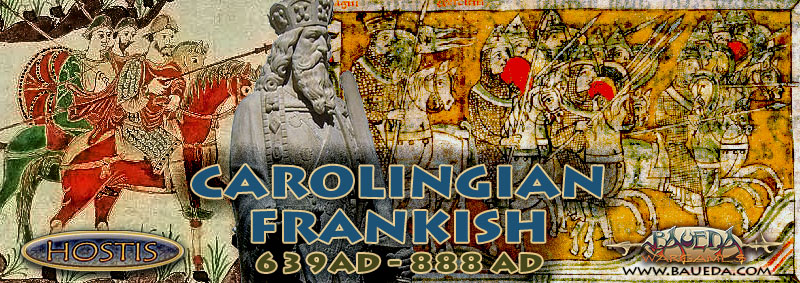
|
||

The Franks (Latin: Franci or gens Francorum) were a confederation of Germanic tribes first attested in the third century AD on the right bank of the Lower and Middle Rhine River. From the third to fifth centuries some Franks raided Roman territory while other Franks joined the Roman troops in Gaul. According to Roman accounts they were more ferocious warriors than most. Following the collapse of imperial authority in the West, the Frankish tribes were united under the Merovingians and conquered all of Gaul except Septimania in the 6th century. The Frankish state consolidated its hold by the end of the eighth century, developing into what is sometimes called the "Carolingian Empire" which dominated most of Western Europe. Formally Carolingian rule only started with the coronation of Pepin the Short in 754 but the death of Dagobert I in 639 is commonly seen as the end of real Merovingian power. From then on their mayors of the palace increasingly assumed control substituting their own interest for their king's. The establishment of the Frankish Realm with the crowning of Charlemagne (Carolus Magnus or Charles the Great) is regarded as the founding moment of modern France and Germany. It has long been held that the dominance of the Carolingian military was based on a "cavalry revolution" led by Charles Martel (Carolus Martellus or Charles the Hammer) in 730s. However, the stirrup, which made the 'shock cavalry' lance charge possible, was not introduced to the Frankish kingdom until the late eighth century. The great revolution of Martel was to seize the money and property of the church and use it to pay local nobles to supply and maintain well trained and equipped ready-to-fight troops year around. It was Martel's creation of a system whereby he could count at any time on this core of veterans who served with him on a permanent basis that gave the Carolingians their military supremacy. Other than that the Carolingian military success rested primarily on novel siege technologies, excellent logistics and access to large numbers of horses which provided a quick, long-distance method of transporting troops, a critical issue for building and maintaining such a large empire! This range has been sculpted by M. Campagna and currently already covers all core troops from the late eighth century onward, for earlier periods mixing a proportionally increasing percentage of Longbard figures would be most appropriate. We plan to expand it even further very soon with the addition of new packs, including Breton Light Cavalry, dismounted Swabian, Frankish crossbowmen and more! |
Code:CRL2 |
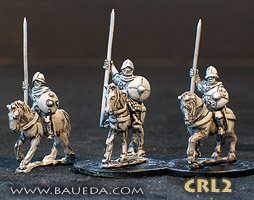 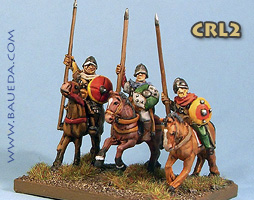 Figures sculpted by M. Campagna Samples painted by Artur |
|
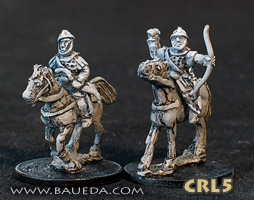 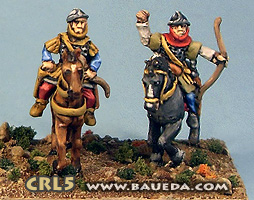 Figures sculpted by M. Campagna
Figures sculpted by M. CampagnaSamples painted by Artur |
|
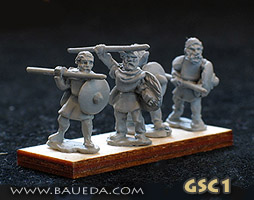 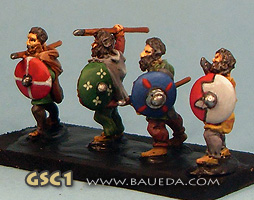 Figures sculpted by M. Campagna Samples painted by Artur |
|
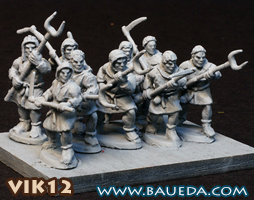 Figures sculpted by C. Berni Painted sample will be available shortly! |
Click for a larger picture!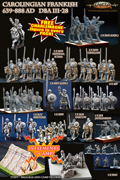
|
|
| 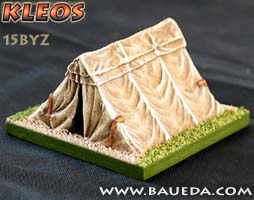 |
|